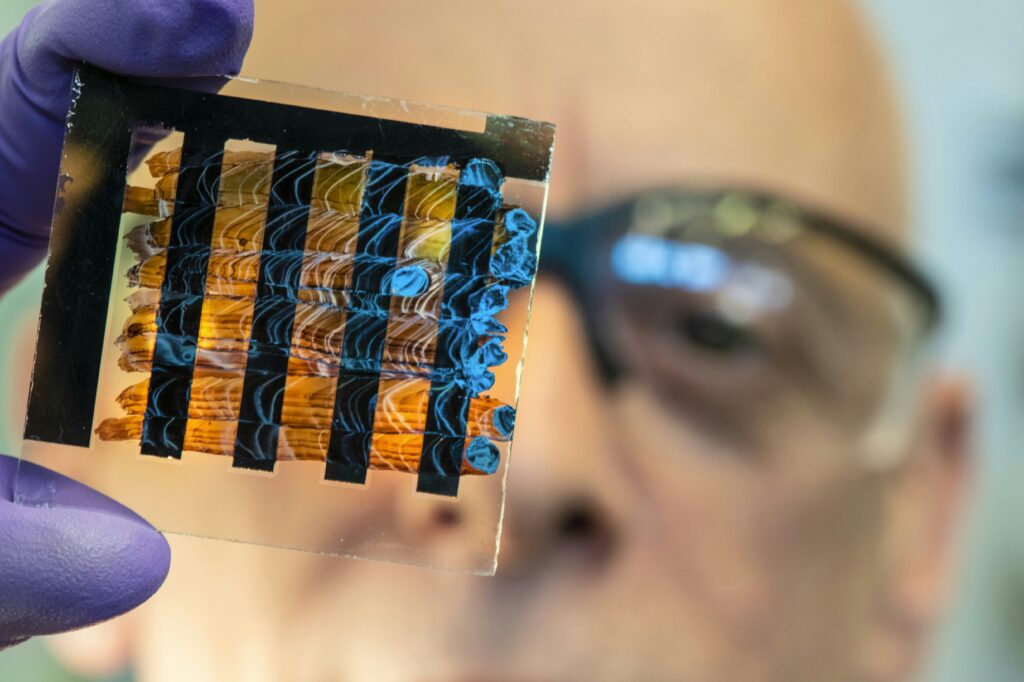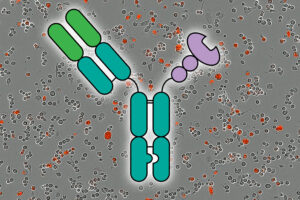
The collision and merger of two neutron stars, the incredibly dense remnants of collapsed stars, are among the most energetic events in the universe. These cosmic phenomena produce a variety of signals that can be observed on Earth. Recent simulations conducted by a team from Penn State and the University of Tennessee Knoxville have revealed that the behavior of neutrinos—tiny particles that can travel astronomical distances undisturbed—significantly impacts the unfolding of these mergers and the resulting emissions. The findings, published in the journal Physical Review Letters, have profound implications for understanding the origins of metals and rare earth elements, as well as the physics in extreme environments.
The study marks the first simulation of neutrino “flavor” transformations in neutron star mergers. Neutrinos, fundamental particles that interact weakly with other matter, exist in three flavors: electron, muon, and tau. Under specific conditions, such as those inside a neutron star, neutrinos can theoretically change flavors, altering the types of particles with which they interact.
Revolutionizing Neutron Star Merger Simulations
“Previous simulations of binary neutron star mergers have not included the transformation of neutrino flavor,” explained Yi Qiu, a graduate student in physics at the Penn State Eberly College of Science and the study’s first author. “This omission was due to the rapid timescale of these transformations and the lack of understanding of the underlying theoretical physics, which falls outside the standard model of physics.”
The researchers developed a comprehensive computer simulation of a neutron star merger, incorporating various physical processes such as gravity, general relativity, hydrodynamics, and neutrino mixing. They focused on the transformation of electron flavor neutrinos to muon flavor, which they identified as the most relevant in this environment. By modeling different scenarios, they examined how the timing, location, and density of the surrounding material influenced the merger’s outcome.
Impact on Element Formation
The study found that these factors significantly affected the composition and structure of the merger remnant, including the types and quantities of elements created. During a collision, neutrons from a neutron star can be launched at other atoms in the debris, which may capture the neutrons and decay into heavier elements, such as gold, platinum, and rare earth elements used in modern technology.
“A neutrino’s flavor changes how it interacts with other matter,” said David Radice, Knerr Early Career Professor of Physics and associate professor of astronomy and astrophysics at Penn State. “Electron type neutrinos can transform a neutron into a proton and electron, while muon type neutrinos cannot. This conversion impacts the availability of neutrons, directly affecting the creation of heavy metals and rare earth elements.”
Neutrino Mixing and Cosmic Emissions
The mixing of neutrinos also influenced the amount and composition of matter ejected from the merger, potentially altering emissions detectable from Earth. These emissions typically include gravitational waves—ripples in space-time—as well as electromagnetic radiation like X-rays or gamma rays.
“In our simulations, neutrino mixing impacted the electromagnetic emissions from neutron star mergers and possibly the gravitational waves as well,” Radice noted. “With advanced detectors like LIGO, Virgo, and KAGRA, and future observatories such as the proposed Cosmic Explorer, astronomers are poised to detect gravitational waves more frequently. Understanding these emissions will enhance our interpretation of future observations.”
Challenges and Future Prospects
Modeling the mixing processes was likened to a pendulum being turned upside down, where rapid changes occur initially before settling into a stable equilibrium. However, much of this remains theoretical.
“There’s still a lot we don’t know about the theoretical physics of these neutrino transformations,” Qiu acknowledged. “As theoretical particle physics advances, our simulations will improve. The uncertainty lies in where and how these transformations occur in neutron star mergers.”
With the infrastructure for these complex simulations now established, the researchers anticipate that other groups will utilize this technology to further explore the impacts of neutrino mixing.
“Neutron star mergers function like cosmic laboratories, providing insights into extreme physics that we can’t replicate safely on Earth,” Radice emphasized.
In addition to Qiu and Radice, the research team included Maitraya Bhattacharyya, a postdoctoral scholar at the Penn State Institute for Gravitation and the Cosmos, and Sherwood Richers from the University of Tennessee, Knoxville. The study was supported by funding from the U.S. Department of Energy, the Sloan Foundation, and the U.S. National Science Foundation.






